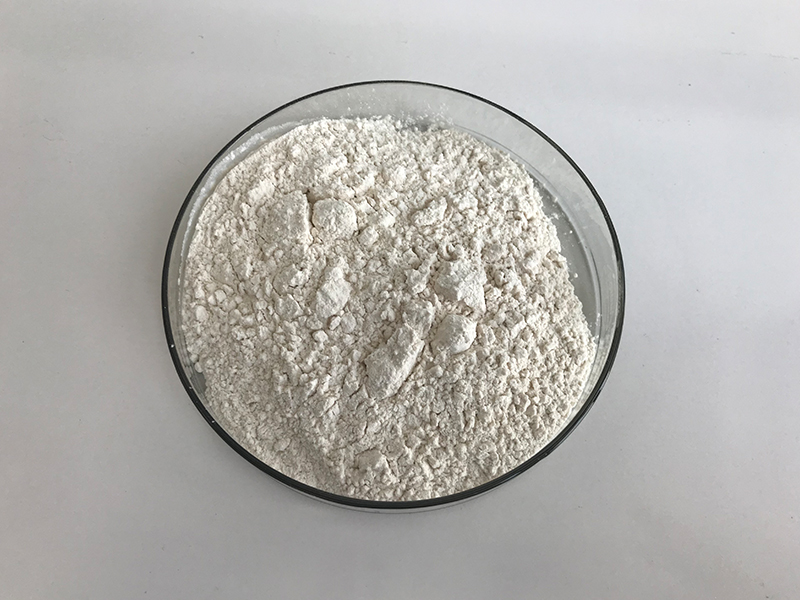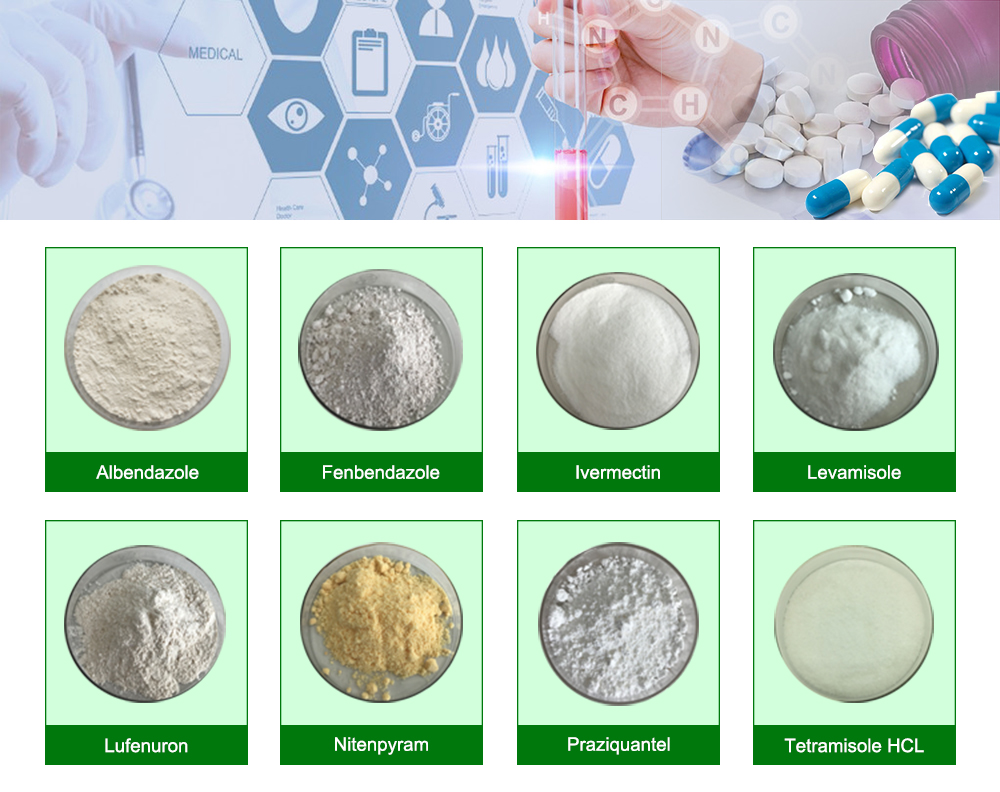Lufenuron is an insect growth regulator commonly used in veterinary medicine to control fleas in pets. Here are some pros and cons associated with the use of Lufenuron:
Pros of Lufenuron:
Effective Flea Control: Lufenuron works by inhibiting the development of flea larvae, preventing them from reaching the adult stage. This can be an effective method for controlling flea populations on pets.
Long-lasting Effect: Lufenuron has a relatively long duration of action. A single dose can provide protection against fleas for several weeks.
Oral Administration: Lufenuron is often administered orally, either through flavored tablets or added to pet food. This can be convenient for pet owners compared to topical treatments.
Low Toxicity to Pets: Lufenuron is generally considered to have low toxicity to pets, with few reported side effects when used according to veterinary recommendations.

Cons of Lufenuron:
Doesn’t Kill Adult Fleas: Lufenuron is not effective against adult fleas. It primarily targets flea larvae by inhibiting chitin synthesis. Therefore, additional treatments may be needed to eliminate existing adult fleas.
Limited Spectrum: Lufenuron is specific to fleas and may not be effective against other types of parasites. If a pet has multiple parasitic infections, additional medications may be required.
Delayed Onset of Action: It may take some time for Lufenuron to show its full effect, as it primarily targets the flea larvae rather than the adult stage. This means it may not provide immediate relief from existing flea infestations.
Not a Quick Solution: If a pet is already infested with adult fleas, Lufenuron alone may not provide a quick solution. Combining it with other flea control methods might be necessary for a more comprehensive approach.
Prescription Required: Lufenuron is typically available through veterinary prescription, so pet owners need to consult with a veterinarian before using it.
It’s important for pet owners to consult with a veterinarian to determine the most appropriate flea control strategy for their specific situation, taking into consideration the pet’s health, the severity of the infestation, and other factors.

Mechanism of action of Lufenuron
Lufenuron is an insect growth regulator commonly used in veterinary medicine to control flea populations. Its mechanism of action involves disrupting the development of insect larvae, particularly the growth of chitin, an essential component of the insect exoskeleton.
Here’s a breakdown of the mechanism of action of Lufenuron:
Ingestion by Fleas: Animals are typically administered Lufenuron orally, either through tablets or as part of a flea control program. The drug is absorbed by the animal’s body.
Inhibition of Chitin Synthesis: Lufenuron works by inhibiting the synthesis of chitin, a structural polysaccharide that forms the exoskeleton of insects. Chitin is crucial for the proper development and growth of insect larvae.
Disruption of Larval Development: Flea larvae undergo molting several times during their development. Chitin is a key component of the new exoskeleton formed after molting. By inhibiting chitin synthesis, Lufenuron disrupts the normal development of flea larvae.

Prevention of Pupation: Without a properly formed exoskeleton, flea larvae are unable to pupate successfully. Pupation is a crucial stage in the life cycle of fleas, leading to the formation of adult fleas. Lufenuron’s interference with chitin synthesis prevents this process.
Breaking the Flea Life Cycle: By targeting the larvae and preventing their normal development, Lufenuron effectively breaks the flea life cycle. Adult fleas lay eggs, which hatch into larvae. If the larvae are unable to develop into pupae and eventually adult fleas, the cycle is interrupted.
It’s important to note that Lufenuron is not effective against adult fleas but rather targets the larvae, preventing the next generation of fleas from reaching maturity. This makes it a valuable component in flea control programs, particularly in preventing reinfestation by disrupting the flea life cycle.
